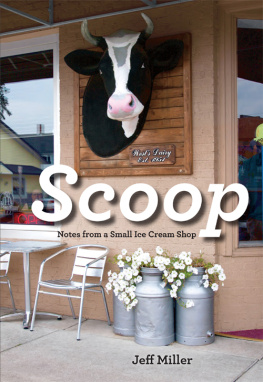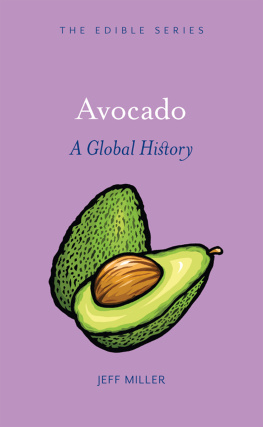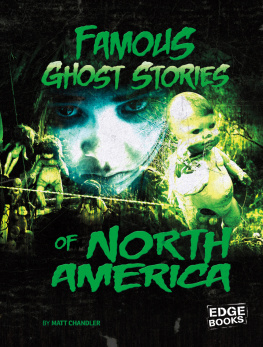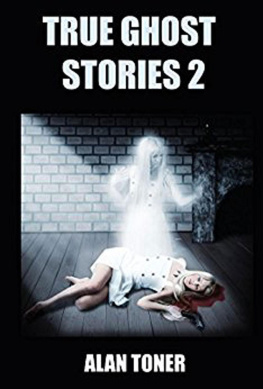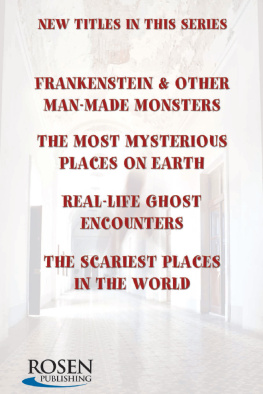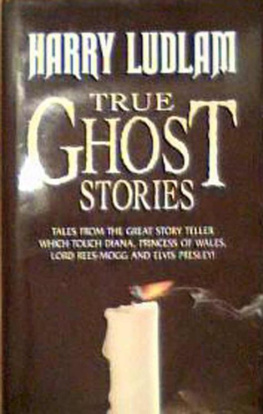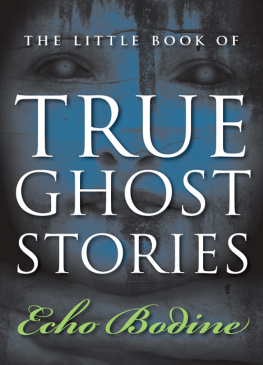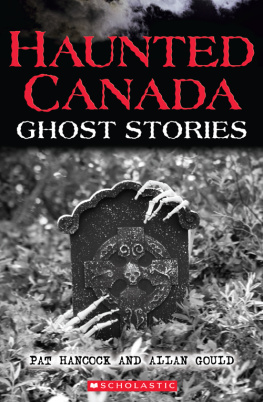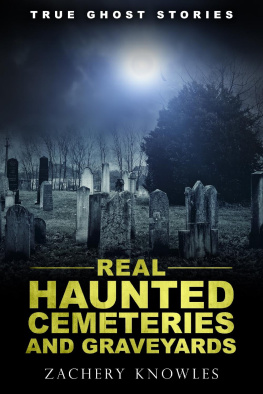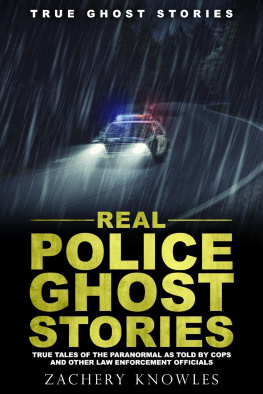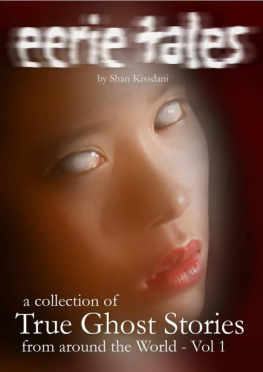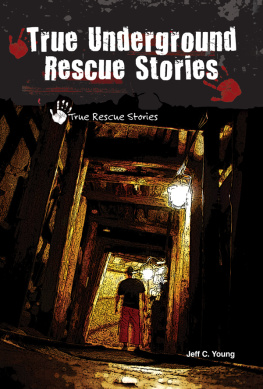
Text copyright Jeff Miller, 2010
All rights reserved. No part of this publication may be reproduced or transmitted in any form, by any method, without the prior written consent of the publisher.
Library and Archives Canada Cataloguing in Publication
Miller, Jeff, 1979
Ghost pine : all stories true / by Jeff Miller.
ISBN 978-1-926743-04-2
1. Miller, Jeff, 1979-. 2. Youth--Qubec (Province)--Montral.
3. Authors, Canadian (English)--21st century--Biography. I. Title.
PS8626.I4495Z53 2010 C813.6 C2010-901602-5
Designed by Megan Fildes
Cover illustration/Design by 
Print version typeset in Laurentian and Slate by Megan Fildes
With thanks to type designer Rod McDonald
Printed and bound in Canada
EPUB created by Nic Boshart using Kate text editor, along with tools developed by Threepress Consulting, Inc.
Invisible Publishing
Halifax & Toronto
www.invisiblepublishing.com
We acknowledge the support of the Canada Council for the Arts which last year invested $20.1 million in writing and publishing throughout Canada.
Invisible Publishing recognizes the support of the Province of Nova Scotia through the Department of Tourism, Culture & Heritage. We are pleased to work in partnership with the Culture Division to develop and promote our cultural resources for all Nova Scotians.
For Spike
I know what youre thinking, people should file their childhood under W for Who Cares?, but the mind must attend to the things it is just beginning to understand, like how after all that fierce planning I could grow up to be the soft ineffectual synthesis of untold compromises that I am today.
David Berman, The High Numbers
THIS BOOK IS BOTH A COLLECTION OF SHORT STORIES and an archival document of the thirteen years I have published my zine Ghost Pine (originally Otaku), where these stories first appeared.
I began the zine when I was sixteen years old. I never intended to publish a zine for over a decade, but once I got over the initial terror of putting out the first issue I felt that I might be able to make another. There was never a master plan, I just wrote one story and then the next. Zines, then as now, take many forms but mine was always a collection of true short stories. This book contains the gold. It is a selection of the best stories from the past thirteen years. They are not organized chronologically; stories from the earliest issues are interspersed with later ones, bringing to light some of the major themes that have preoccupied my writing over the years. The original publication date of each story is noted for those who are interested.
Writers are often portrayed as solitary types, but my work has been produced within an international community of thousands of other zines. I read about them in newsprint punk magazines Maximumrocknroll, HeartattaCk and Slug & Lettuce and I sent away for hundreds over the years. I exchanged letters with dozens of young writers who published zines and developed deep friendships with some. Closer to home I have participated in a vibrant community of zine makers in both Ottawa and Montreal. Some of the stories that appear in this collection were originally published in the zines of my friends.
Ghost Pine has no mainstream distribution; I have sold over ten thousand copies in person and through small independent distributors and bookstores. Despite this clandestine nature I always tried to make my stories accessible to all. I am always happiest when someone from outside my own community tells me that they have read and enjoyed my zine.
Despite this impulse toward accessibility Ive tried to remain true to my life, which has not been without its rough patches or questionable behaviour. My mother still refuses to read the zine because of its salty language. Being true to life meant writing about my close relationship with my grandparents as much as it was about writing about the punk scene that I grew up in. It meant writing about loneliness as well as romance.
Anything could find its way into one of my pocket-sized zines, as long as it fit Ghost Pines motto: All Stories True.
Jeff Miller, Montreal, 2010
Sin City
THE CITY OF MONTREAL IS HOME TO MILES of subterranean boulevards know as the Underground City. They are a confusing warren of tunnels that run just beneath the department stores, strip clubs and movie theatres that line the parallel streets of Ste. Catherine and De Maisonneuve.
The corridors were excavated alongside the subway tunnels during the sixties and they stretch out labyrinthine from Metro stations. The architects envisioned Parisian-style boulevards running in trenches beneath the fair ville. Unfortunately, they did not turn out quite as planned and there are none of brasseries and couturiers that were in the original sketches and maquettes.
Instead they form an underworld where the utopic vision of the planners quickly gave way to the needs of the underground trains harried travelers. Here the commuters motto of Not Enough Time has been turned into an aesthetic. Ninety-nine cent pizza parlours, dollar stores and tiny one-chair hair salons have colonized the underground streets. In the newsstands and tiny coffee kiosks that line the corridors, muffins are plentiful for those morning train riders without enough time to eat breakfast. When the rush of day gives way to the calm night, the stores pull down their steel blinds and scraps of newspaper blow down the tunnels on waves of subway-pushed air.
Culture, as well as commerce, burrowed its way underground. By day musicians perform beneath blue signs bearing the image of a white lyre. These denote areas where busking is authorized by the Societ de Transport de Montral. At six in the morning the buskers line up at the STM office, crusty-eyed and hoping theyre in time to claim a time slot in front of a lyre. These permits for the stations downtown are doled out on a first come first served basis.
In the musty, beige brick tunnels that I walk from the subway platform to work I sometimes see a silver-haired woman playing acoustic guitar. She sings the old sixties ballads of freedom in a saccharine voice. Other mornings I pass a man wearing dark glasses, tinkling the theme songs of popular soap operas on his Casio keyboard. His polyester gig bag, despite the early hour, is always littered with spare change. A copy of his self-produced CD sits next to the constellations of coins and features a colour-photocopied photograph of his face in the jewel case. A makeshift sign, written in sharpie on piece of loose leaf next to the disc, reads 10 songs, $15.
One Thursday after work, as I walked toward my train, I heard the high pitched twang of a guitar, its player calling out the lyrics to the Appalachian ballad John Henry. They laid poor John Henry in his grave, he howled, Lord, lord, they laid poor John Henry in his grave.
I made my way down the passage, slowly approaching the singer. He was dressed not like one of the coal miners who originally sang the song, but instead wore blue jeans, sneakers and a flannel shirt. Strapped around his neck wasnt a guitar but a dobro, with a silver plate across the front. I watched him closely as he sang. He did not play in the reserved manner of the veteran subway musicians, but with real passion. His voice cracked when he sang the high notes and his fingers, encased in picks, scraped the tune out of his twangy instrument.
Next page


